Join the conversation
We love to hear from our customers. Connect with us today and let’s start a conversation.
...searching
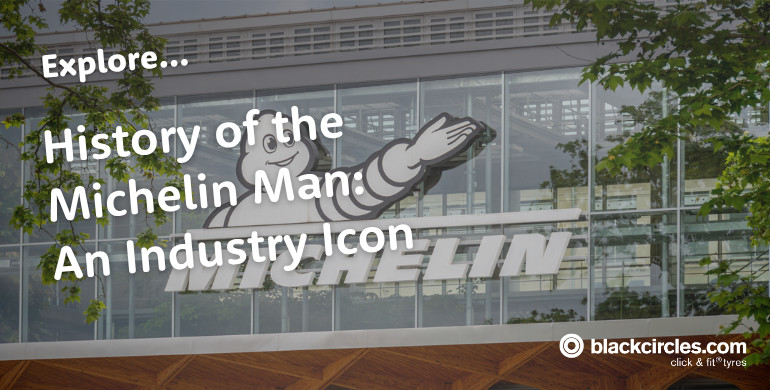
Tony the Tiger, Ronald McDonald, Mickey Mouse – just a few of the many iconic mascots throughout the history of branding that have helped shape their respective brands’ global recognition.
Among these famous figures, one of the most recognisable mascots of all time is Bibendum – better known around the world today as the Michelin Man.
Michelin is a global powerhouse, renowned for both its innovative
tyre manufacturing and its prestigious
Michelin Stars in the culinary world. But behind this success lies a standout element of its branding: the beloved Michelin Man.
So what is the background of this industry icon come from? And how did he become one of the most enduring brand mascots in history? Let’s take a deep dive into the origins, evolution, and lasting impact of Bibendum.
The origins of the Michelin Man began in 1894 at the Lyon Universal and Colonial Exhibition.
Hosted in Lyon, France, this exhibition hosted around 3.4 million people, with two key individuals being present – the founder of Michelin, Édouard Michelin, and his brother André Michelin.
The legend has it that Édouard noticed a pile of
tyres stacked on top of each other at the world’s fair. He then turned to André and remarked “With arms, it (the pile of tyres) would make a man”. This would go on to be the inspiration for one of the most iconic brand mascots of all time.
Fast-forward four years later to 1898, professional cartoonist Marius Rossillon would collaborate with Michelin to create Bibendum.
Bibendum would first feature on an advertising poster for Michelin with the title “Nunc est bibendum”, which is Latin for “Now is the time to drink”.
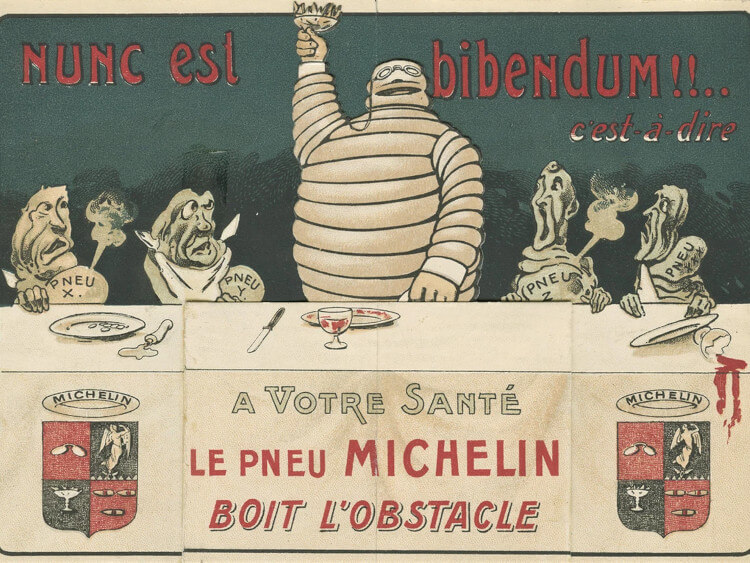
While rocking a different look to the modern redesigns, the Michelin Man had the same tyre inspired body design and the famous white tone.
The reason why the Michelin Man has always been white is that tyres are naturally coloured white, so tyres were typically coloured white back in the late 19th century.
Since the first appearance of Bibendum in 1898, the mascot has been a cornerstone of Michelin branding and advertising, being a prominent feature of Michelin’s identity ever since.
As the 20th century progressed, so did Bibendum’s image.
The early version of the Michelin Man had a distinct character and was often seen with a cigar in hand.
He was a quite a bold and intimidating figure, which was a way to portray Michelin being a tough, rugged, and reliable tyre brand that can tackle menacing roads.
But as the world changed in both motoring and branding, so did Bibendum, with Michelin beginning to reshape the Michelin Man to better reflect modern sensibilities.
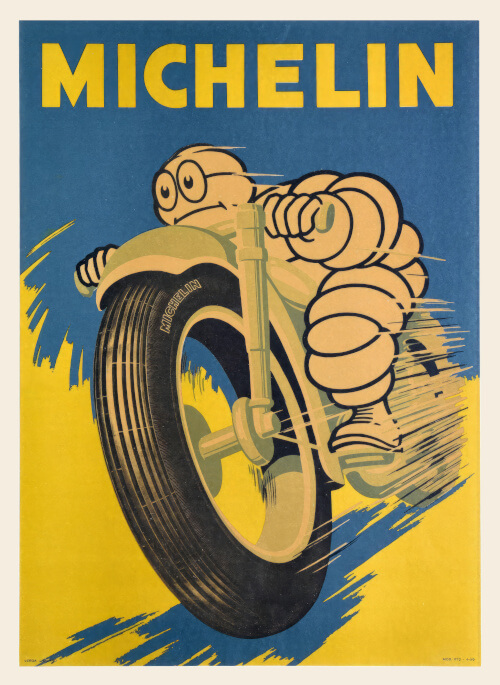
By the late 1920s, the cigar was dropped, his stature was slimmed down, and his persona softened.
The aim was clear to make Bibendum more approachable, family-friendly, and in tune with Michelin’s growing reputation as a forward-thinking, safety-conscious brand.
By his 100 year anniversary in 1998, the Michelin Man’s final form would be taken, with even more colourful branding and a smiling attitude formalised Bibendum as happy-go-lucky mascot with a vibrant and positive look.
Through various redesigns, Bibendum retained his recognisable tyre-layered form but began smiling more, shedding the aggressive salesman attitude in favour of a warmer, helpful presence.
A lesser-known but important part of Bibendum’s journey is his deep connection with the trucking community.
Throughout the mid-20th century, the Michelin Man became an unofficial mascot of the open road, especially among long-haul drivers across Europe.
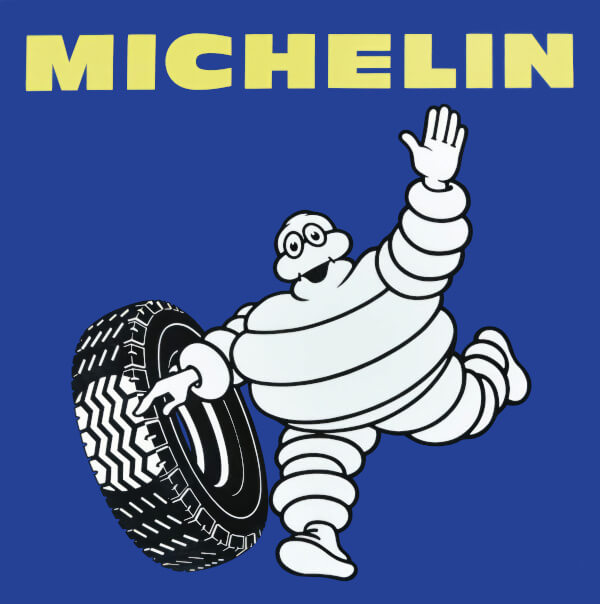
Small Michelin Man figurines, often mounted on dashboards or hung from mirrors, became a familiar sight in lorries.
To many, he wasn’t just a brand symbol – he was a good-luck charm and a symbol of reliability.
For a tyre company, aligning with truckers was a smart move. These drivers covered enormous distances, placing immense trust in their tyres, and Michelin leaned into that by making Bibendum their road companion.
The Michelin Man isn’t just famous within the tyre world – he’s a true pop culture icon.
In fact, in 2000, Bibendum was declared “Logo of the Century” by the Financial Times (according to Michelin UK).
His unique design, unmatched longevity, and global reach have made him instantly recognisable in over 170 countries.
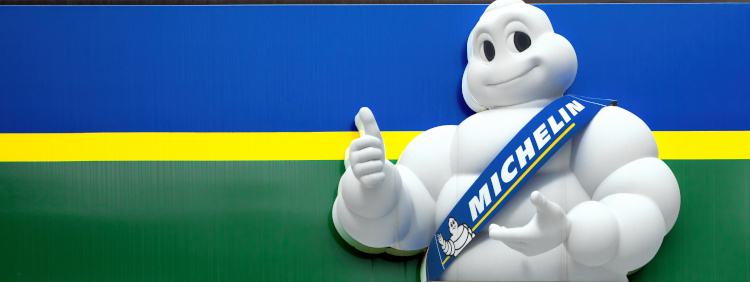
Bibendum has also been celebrated in art and media, featured in advertising exhibitions and vintage poster collections around the world.
From roadside billboards in rural France to high-tech animations in modern digital campaigns, the Michelin Man has maintained his relevance through more than a century of cultural change – a rare feat for any brand mascot.
Today, the Michelin Man is as recognisable as ever – just sleeker, friendlier, and more animated.
He’s appeared in everything from 3D animations to social media posts, continuing to adapt to the digital age without losing his core identity.
No longer just a symbol of tyres, Bibendum now embodies Michelin’s values of safety, performance, and innovation.
Whether he’s waving at kids from a commercial or guiding drivers in interactive apps, he remains a trusted figure on the roads.
Over 125 years since his debut, the Michelin Man has thrived, evolving from a clever idea at a fairground into a true icon of global branding.

Please note that all images are credited to our friends at Michelin.

We love to hear from our customers. Connect with us today and let’s start a conversation.